Tinfoil barb - Barbonymus schwanenfeldii
Scientific name: Barbonymus schwanenfeldii
Common name: Tinfoil barb
Family: Cyprinidae
Usual size in fish tanks: 30 - 35 cm (11.81 - 13.78 inch)
014
Recommended pH range: 6 - 7.5
Recommended water hardness: 6 - 16°N (107.14 - 285.71ppm)
0°C 32°F30°C 86°F
Recommended temperature range: 22 - 28 °C (71.6 - 82.4°F)
The way how these fish reproduce: Spawning
Where the species comes from: Southeast Asia
Temperament to its own species: peaceful
Temperament toward other fish species: peaceful
Usual place in the tank: Middle levels
Overview
Barbonymus schwanenfeldii, commonly known as the Tinfoil Barb, is a large, fast-swimming cyprinid from rivers and floodplains across Southeast Asia (Mekong and Chao Phraya basins, Malaysia, Sumatra, Borneo). Often sold as juveniles of only a few centimeters, they can quickly outgrow most home aquaria, reaching 30–35 cm in captivity. Their shimmering silver body with red/orange fins gives them the “tinfoil” name.
Care & Tank Setup
- Group size: A shoaling species—keep in groups of at least 5–6 to reduce stress and aggression.
- Tank size: Requires a very large aquarium (≥ 500 l / 130 gal) with strong filtration and open swimming space.
- Water: pH 6.0–7.5, hardness 6–16 °dGH, temperature 22–28 °C. Clean, well-oxygenated water is essential.
- Aquascape: Leave plenty of open swimming room; robust plants may be uprooted or eaten. Use rocks, driftwood, and hardy vegetation for structure.
Diet & Feeding
Omnivorous with a strong appetite; provide a varied diet.
- Staples: Quality large flakes, pellets, algae wafers.
- Vegetable matter: Blanched spinach, lettuce, peas, cucumber, zucchini.
- Protein: Bloodworms, chopped mussels/shrimp, krill; occasional earthworms.
- Avoid overuse of very fatty or live feeder fish.
Behavior & Compatibility
- Conspecifics: Peaceful shoaler; stress and fin-nipping decrease in larger groups.
- Other fish: Suitable with other large, robust species (silver dollars, bala sharks, large barbs, catfish, peaceful cichlids). Will prey on much smaller tankmates.
Sexing
No reliable external differences. Mature females may appear deeper-bodied when gravid, but sexing is difficult.
Breeding
A typical egg-scattering species. In home aquaria, breeding is extremely rare due to their adult size and space requirements. Commercial breeders induce spawning in ponds with hormonal methods. Eggs are adhesive and scatter over vegetation; fry hatch in ~24–36 hours.
Lifespan
Lives 8–10 years in captivity, occasionally longer in very large, well-maintained systems.
Origin
Native to Southeast Asia: Mekong and Chao Phraya basins, Malaysia, Sumatra, Borneo, Laos, Cambodia, and Thailand. Inhabits rivers, streams, and flooded forests.
Short description
A giant among barbs, the Tinfoil Barb is hardy, fast-moving, and peaceful but unsuitable for small aquaria. Best kept in large shoals in spacious tanks with powerful filtration and varied diet.
At-a-Glance (Care Box)
- Size: 30–35 cm (up to 40 cm in the wild)
- Temperament: Peaceful shoaler; predatory toward very small fish
- pH: 6.0–7.5 | GH: 6–16 °dGH
- Temp: 22–28 °C (72–82 °F)
- Tank: 500 l+ (130 gal+); large open space, strong filtration
- Diet: Omnivore; pellets, vegetables, worms, mussels
- Breeding: Egg scatterer; rarely achieved in aquaria
- Lifespan: 8–10+ years
Pictures
Bought by aqua-fish.net from jjphoto.dk.
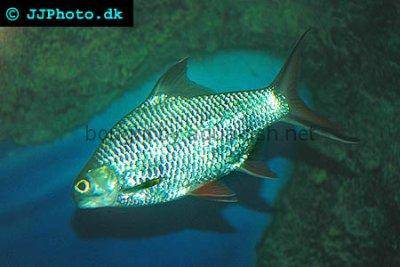





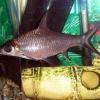 Bala
Bala 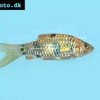 Spotted
Spotted 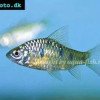 Golden
Golden 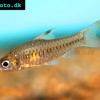 Congo
Congo 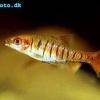 Blue-barred
Blue-barred 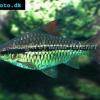 African
African 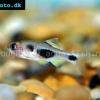 Butterfly
Butterfly 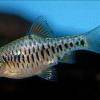 Olivegreen
Olivegreen 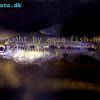 Morse
Morse 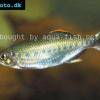 Jerdon’s
Jerdon’s 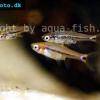 Mosquito
Mosquito 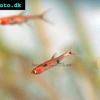 Dwarf
Dwarf 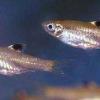 Eyespot
Eyespot 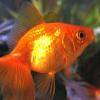 Goldfish
Goldfish 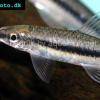 Penguin
Penguin 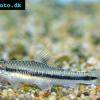 Siamese
Siamese 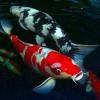 Koi
Koi 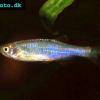 Pearl
Pearl 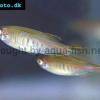 Glowlight
Glowlight 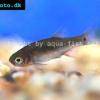 Crossbanded
Crossbanded 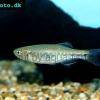 Yoma
Yoma 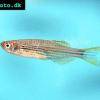 Orange
Orange 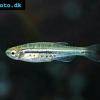 Dwarf
Dwarf 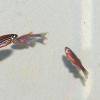 Zebra
Zebra 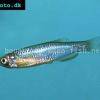 Rose
Rose 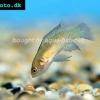 Red
Red 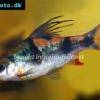 Arulius
Arulius 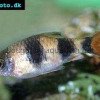 Tambraparni
Tambraparni 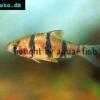 Fiveband
Fiveband 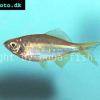 Bengal
Bengal 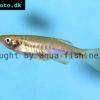 Tiger
Tiger 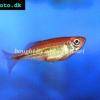 Malabar
Malabar 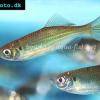 Queen
Queen 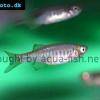 Hora
Hora 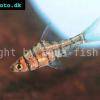 False
False 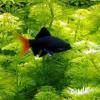 Redtail
Redtail 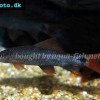 Rainbow
Rainbow 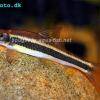 Flying
Flying 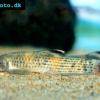 Garra
Garra  Black
Black 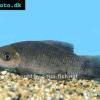 Purple
Purple 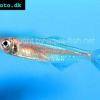 Burmese
Burmese 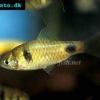 Dwarf
Dwarf 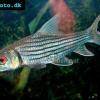 Isok
Isok 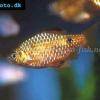 Rosy
Rosy 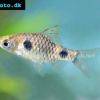 Two
Two 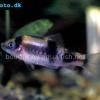 Melon
Melon 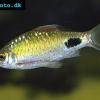 Black-spot
Black-spot 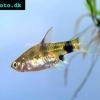 Golden
Golden 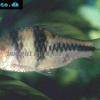 T-Barb
T-Barb 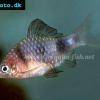 Ruby
Ruby  Checkered
Checkered  Rhomb
Rhomb 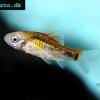 Gold
Gold 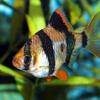 Tiger
Tiger 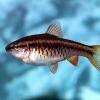 Cherry
Cherry 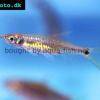 Brittan’s
Brittan’s 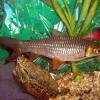 Greater
Greater 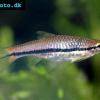 Long-band
Long-band 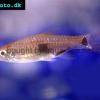 Twospot
Twospot 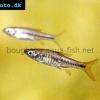 Reticulate
Reticulate 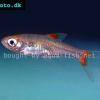 Cherry
Cherry 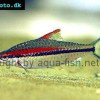 Denison
Denison 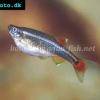 White
White 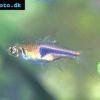 Lambchop
Lambchop 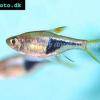 Harlequin
Harlequin